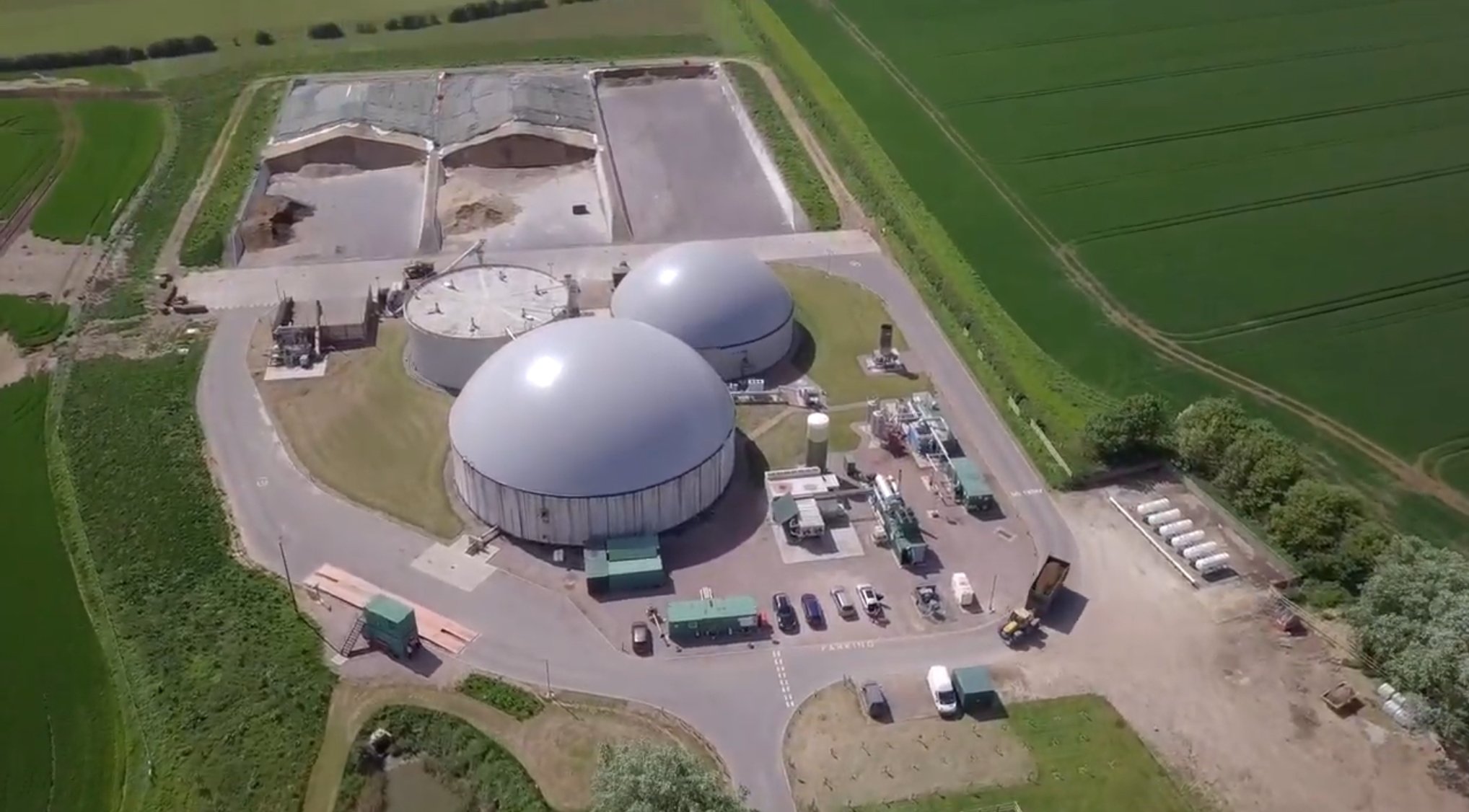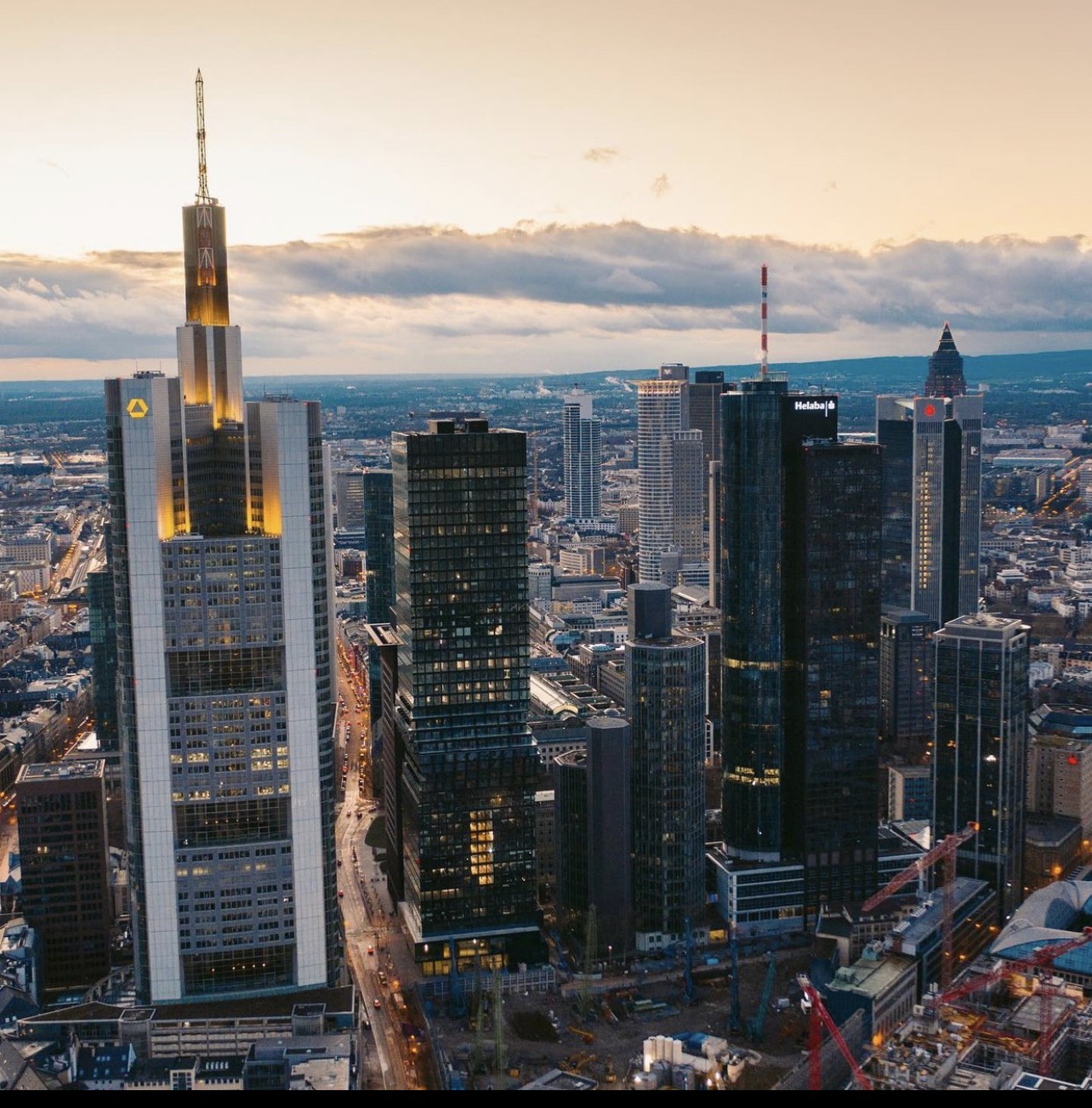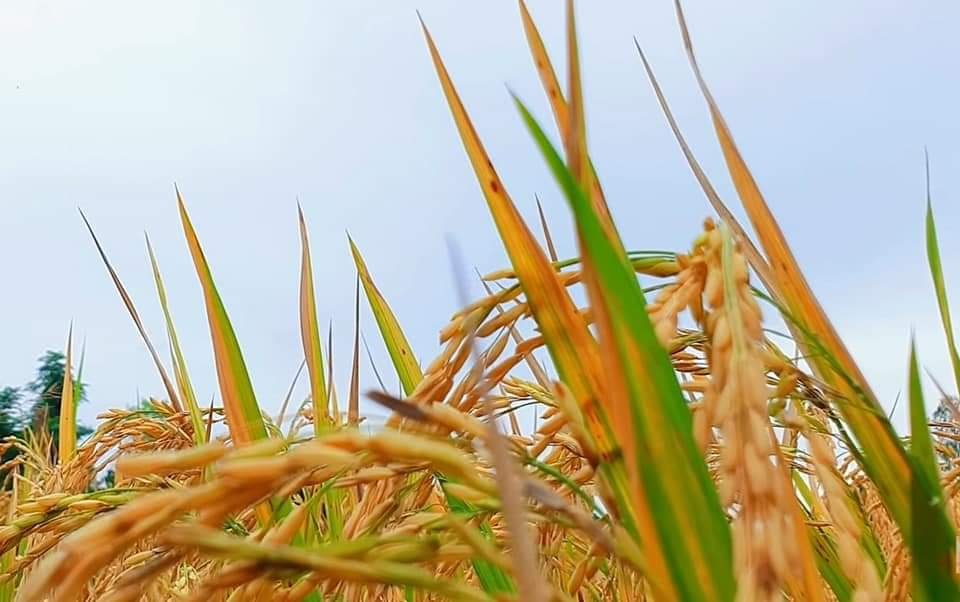production of electric cables
POWER CABLE PRODUCTION
HOW IS ELECTRIC CABLE MANUFACTURED?
In every building, apartment building, factory, factory or as in civil works, the electrical system plays an extremely important role. It is like a blood vessel in the works, enough to see the importance of the electrical system and the quality of the electrical cables. Power cable consists of 1 or several conductive cores, (the type with 1 core is called single cable). Currently on the market there are two types, which are insulated and unsheathed, also known as shielded and bare wires.
Electric cable manufacturing process
To produce an electric coil, it needs to go through many stages with the support of many different machines. Each stage is a perfecting step, reinforcing the previous stage and a premise for the next stage.
6 Main stages in the production process of electric cables
Pull-out: to fit the product size
In this stage of drawing, a circulating pump system will inject oil to cool the drawing die head, reduce temperature due to friction, and act as a lubricant and protect the mold.
The copper wire brought to the factory is usually 3.0mm or 8.0mm in diameter. This drawing process helps to reduce the diameter of the copper wire, lengthening the length of the copper wire so that it has the right size according to product standards and customer requirements.
Standard and reputable electric cable manufacturers usually have 3 types of tractors, which are coarse tractors (pulled from f 8.0mm to f 0.7mm), medium tractors (pull from f 2.6mm to f 0.7mm). ) and fine tractors (drag from f 1.2mm to f 0.17mm).
Soft annealing: restore the flexibility and luster of the wire
Like the draw-out process, the softening process also requires a circulating pump system, but this is a water pump. It helps to cool the rubber seal of the incubator lid. But in the pulling stage, the oil will be retained, and in the softening stage, the water will be discharged.
The soft annealing process restores the flexibility and shine of the copper (aluminum) wire ready to go to the braiding/plastic wrapping process.
The most ideal standard medium for soft annealing is a high-temperature, high-pressure nitrogen (N) annealing furnace.
Braid: create a circuit wire for the next process
Depending on the type of product with the same production technology and technical specifications. Manufacturers will use in different braiding ways:
Soft copper braid (tangle braid): It is used to braid many strands (from 30 to 75 strands) to produce wire blanks of flexible electrical cable products.
Braided hard copper: using a multi-strand braiding machine (7 to 37 strands) to produce wire blanks of hard wires and cables.
Group braiding (twisting): use a 4 bobbin twister to braid the group
With electrical cable product group (SP1) – create a group of conductors before sheathing. The cable cores will be screwed together (according to the twist in accordance with the technical standards) so that the PP (Polypropylene) fibers form a circular cross-section for the cable core. In addition, SP1 products with additional protective metal armor are wrapped in steel or aluminum tape installed in the twist braiding machine.
Insulating sheath
For soft wire products (SP2) – Cu/PVC/PVC (300-500V): 2 phase cores are colored (black, white) to distinguish them when connecting to equipment.
For power cables with dynamic core – Cu/XLPE/PVC (6000-1000V): due to the higher insulation, the insulation thickness of XLPE will be smaller than PVC. It helps to reduce cable weight, reduce cable size and save raw materials.
Protective cover
Protective sheath is intended to: protect, ensure the weight of the entire wire/cable core (including conductors and insulation) from impacts from the external environment. Displays product information from the manufacturing company, product name, product specifications, etc. In addition, it also helps to increase the aesthetics of the product.
Finished product packing
Related fieldsCircular Economy
For the past 10 years, all over the world have been focusing on researching the concept of circular economy model, sustainable green development, organic agriculture,…
Real estate
Vietnam’s economy started to innovate in 1986, and the real estate market was also flourishing. However, the real estate market is said to have been…
food processing
On the basis of the actual situation of planning the structure of land use, the actual situation of production and farming activities of the people,…
Circular Economy
For the past 10 years, all over the world have been focusing on researching the concept of circular economy model, sustainable green development, organic agriculture,…
Real estate
Vietnam’s economy started to innovate in 1986, and the real estate market was also flourishing. However, the real estate market is said to have been…
food processing
On the basis of the actual situation of planning the structure of land use, the actual situation of production and farming activities of the people,…
Điều khoản sử dụng | Chính sách bảo mật
Bản quyền thuộc về THD VIỆT NAM


